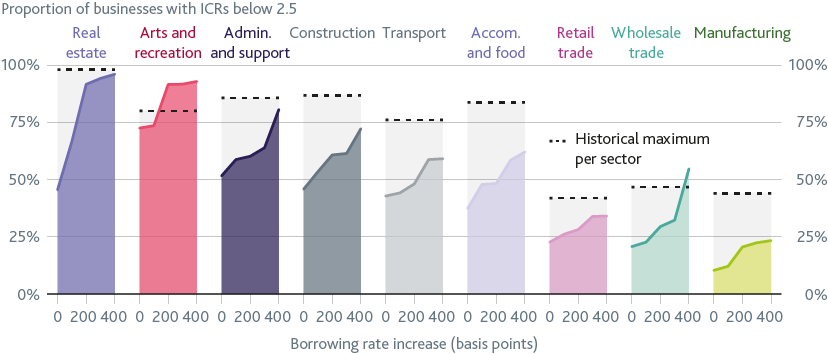UK inflation outlook
Alfred Duncan
Prepared for the Institute and Faculty of Actuaries
28 July 2022
Plan
|
Current inflation and forecast
Inflation is forecast to increase further
|
|
Direct energy costs are a contributing factor
|
|
Inflation is becoming more domestic
|
|
Self-fulfilling inflation risks
Market inflation expectations
|
|
Market inflation expectations
|
|
Wage pressure
|
|
Wage pressure
|
|
How high can interest rates go?
How high can interest rates go?
|
Taylor principle:
Would imply policy rates well over 8%. In line with historical experience. |
|
How high can interest rates go?
|
Current Bank of England forecasets are not consistent with the Taylor Principle. They have been referred to as the "immaculate disinflation." |
|
How high can interest rates go?
|
High interest rates (> 8%) are probably not necessary due to anchored inflation expectations, and current debt levels.
Even with low forecast interest rates, the Bank of England forecasts a recession in 2023. |
Quantitative tightening
Quantitative tightening
|
Quantitative tightening will be part of BoE monetary policy. BoE duration mismatch: high duration assets, low duration liabilities. Most BoE liabilities pay interest. If BoE were to make significant losses, this could pose a risk to independence. |
|
Quantitative tightening
|
Quantitative tightening is not expected to have significant negative economic impacts. Quantiative easing has the biggest impact when markets are disfuntional, otherwise has negligible effects on inflation, output. As long as financial markets can remain well functioning, the BoE should be able to shrink without much disruption. |
|
